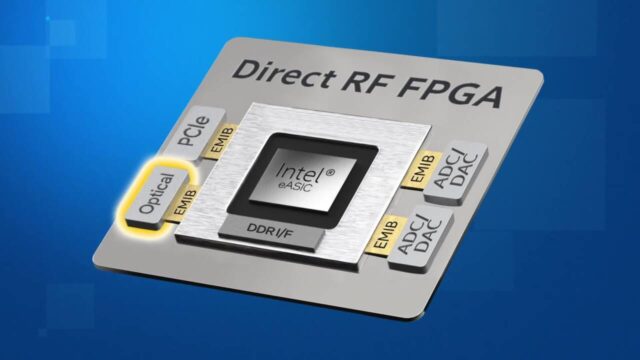Direct RF FPGAs: Design, Implementation, and Applications

About Course
The world of high-speed, software-defined radio and RF signal processing is evolving rapidly, and Direct RF FPGAs are at the forefront of this revolution. By integrating RF functionalities directly onto FPGA platforms, engineers can build cutting-edge solutions for wireless communication, radar systems, and high-performance computing. This course provides a deep dive into the architecture, design methodologies, and real-world applications of Direct RF FPGAs, making it an essential learning experience for anyone looking to master modern RF design.
From understanding FPGA and RF fundamentals to exploring high-speed data conversion, testing methodologies, and commercially available solutions, this course will equip you with the knowledge and hands-on skills needed to design, implement, and optimize RF FPGA systems. Whether you’re an engineer working on 5G, radar, or IoT, or a researcher looking to push the boundaries of RF technology, this course will provide the expertise to excel in this dynamic field.
Course Content
Introduction to Direct RF FPGAs
Understanding the Significance of Direct RF FPGAs
00:00Challenges and Advantages of Integrating RF on FPGAs
00:00